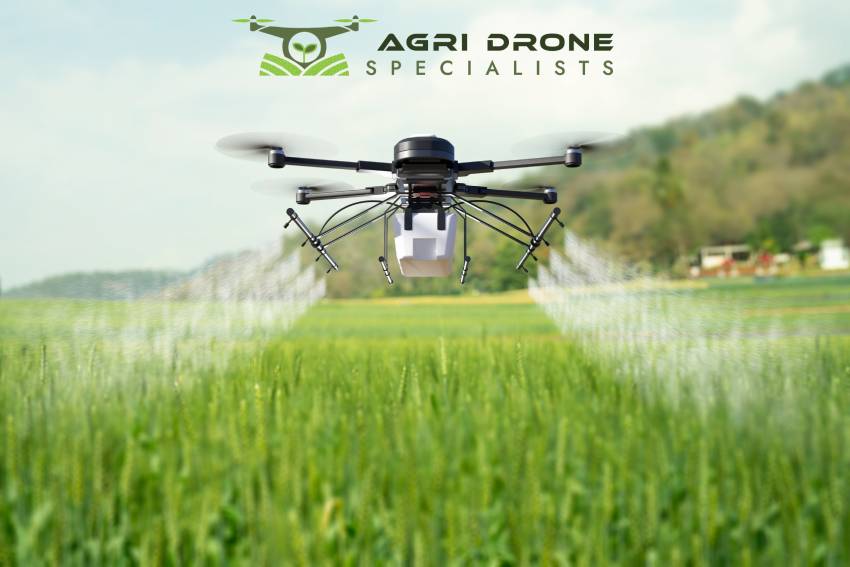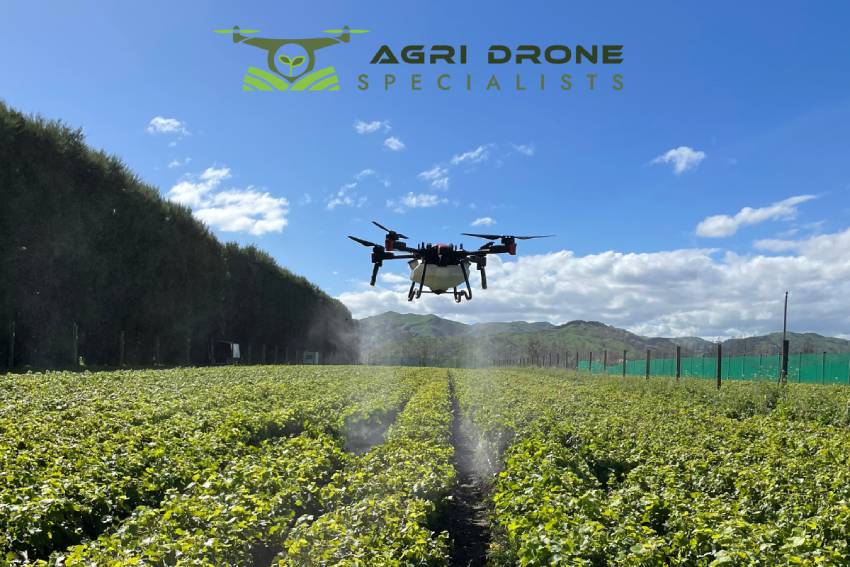Fertiliser spreading and gorse spraying are considered precision techniques in agriculture. It is so because they enable targeted and efficient use of resources. It is useful in improving crop yields, controlling invasive species, and reducing environmental impact. As advancements in technology and management practices progress, the financial benefits of precision farming also enhance. It will result in higher yields and productivity, along with lower input costs. It will ultimately lead to increased profits for farmers.
While precision fertilisation approaches will vary due to environment and crop needs, numerous benefits have been tied to its application. Farmers can expect to achieve lower carbon emissions and reduced input expenses, along with higher productivity and profits. It will lead to more sustainable cropping systems on both local and global scales.
 Precision fertilisation tools allow for variable rates of fertiliser application based on crop nutrient needs, climatic stress, soil fertility, and topography, among other factors. Precision technology focuses on the 4 Rs: applying the right amount, at the right place, at the right time, and from the right source. Using RTK GPS-guided equipment to geo-reference fertilisation points helps prevent overlaps and errors. With the right tools and advanced fertilisation techniques, variable fertiliser rates can be applied accurately based on the nutrient source and timing. Here’s why Fertiliser Spreading and gorse Spraying methods fall under precision agriculture:
Precision fertilisation tools allow for variable rates of fertiliser application based on crop nutrient needs, climatic stress, soil fertility, and topography, among other factors. Precision technology focuses on the 4 Rs: applying the right amount, at the right place, at the right time, and from the right source. Using RTK GPS-guided equipment to geo-reference fertilisation points helps prevent overlaps and errors. With the right tools and advanced fertilisation techniques, variable fertiliser rates can be applied accurately based on the nutrient source and timing. Here’s why Fertiliser Spreading and gorse Spraying methods fall under precision agriculture:
Fertiliser Spreading: Precision Nutrient Application
Fertiliser spreading is vital for providing essential nutrients to crops. But precision techniques make this process far more efficient and effective. It will be useful for targeted nutrition delivery, reducing waste & cost and increasing the yields.
Precision fertiliser spreading involves applying the right amount of nutrients exactly where needed. This is done through GPS-enabled equipment, sensors, and variable rate technology (VRT). Instead of applying the same amount of fertiliser across the entire field, these techniques allow farmers to deliver nutrients based on soil composition, crop requirements, and nutrient deficiencies.
Precision fertiliser spreading enables applying the fertiliser precisely. It helps farmers avoid overuse in unwanted areas and underuse in wanted areas. This reduces waste, lowers fertiliser costs, and minimises nutrient runoff into nearby water bodies. Proper nutrient management boosts crop health and productivity. It will ultimately result in better yields and more efficient use of fertilisers.
Gorse Spraying: Precision Weed and Invasive Species Control
Gorse is an invasive plant that can take over large tracts of land. It may reduce the productivity of pastures and croplands. Precision gorse spraying allows for effective control of gorse and other weeds. It is useful for targeted herbicide application, minimising environmental impact, cost efficiency, and enhancing pasture management.
Precision gorse spraying uses advanced technologies such as drones, GPS-guided sprayers, and variable rate applicators. It will target specific areas where gorse is prevalent. It ensures that herbicides are applied only where necessary. It will ultimately reduce chemical & herbicide usage. It can reduce soil and water pollution and minimise harm to non-target plants and animals. Precision gorse spraying ensures herbicides are only applied to gorse. It will limit their impact on the surrounding environment and preserve biodiversity. It allows more space for desirable plants and improves overall land productivity.
 Precision Agriculture Technology
Precision Agriculture Technology
Both fertilisers spreading and gorse spraying benefit from the broader context of precision agriculture, which involves using technology such as GPS and satellite mapping, drone remote sensing and variable rate technology (VRT). The GPS and Satellite Mapping technology helps in mapping fields and identifying zones that need more or less fertiliser or herbicide. The use of Drones and Remote Sensing technology enables you can monitor crop health and detect weed or pest infestations early, allowing for timely interventions. The Variable Rate Technology (VRT) is used in both fertiliser spreaders and sprayers. It helps you adjust the amount of input based on real-time data, ensuring accuracy and reducing wastage.
Precision fertiliser spreading and gorse spraying contribute to sustainable farming. It reduces the overuse of inputs and lowers the overall environmental footprint of agricultural practices. This aligns with goals for sustainable land management, improving soil health, and supporting long-term agricultural productivity. More efficient use of nutrients and weed control leads to better plant growth and higher productivity. It reduces the waste of fertilisers and herbicides which lowers the overall input costs. These techniques contribute to more sustainable agricultural practices by preserving soil health and biodiversity.
Integrate the fertiliser spreading and gorse spraying technology into the agriculture processes. It will provide you with greater control over your overall agricultural operations. Ultimately you will get better agricultural results while promoting sustainability.



